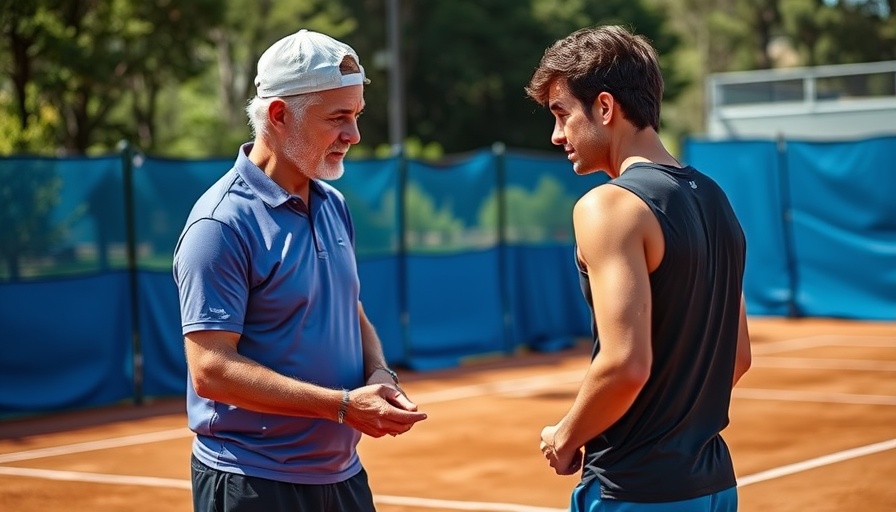
Unlocking Your Serve: A Simple Technique to Up Your Game
Serving in sports like tennis and pickleball is more than just a toss and hit; it’s an art. Many players struggle with consistency and power in their serves, failing to realize that minor adjustments can lead to significant improvements. Recently, we came across a video titled The serve hack you didn't know you needed, where the host intriguingly shares a unique visualization technique involving a tray. This idea might sound simple, but it has profound implications for players at all levels.
We came across The serve hack you didn't know you needed, which covers innovative techniques for improving your serve, and it sparked our interest in breaking down its key insights.
The Tray Effect: Visualizing Your Serve
Imagine holding a tray in front of you as you prepare to serve. As you bend your wrist, you visualize the tray tilting slightly. This mental image encourages players to maintain the proper form without overcompensating, aligning their wrist movement with their shot. When players fail to bend their wrist, they often swing wildly, losing control and power. The 'tray hack' creates a mental checkpoint for players to ensure they’re serving correctly, focusing on form as much as technique.
Why Form Matters in Sports
It’s not just about how hard you can hit the ball; it's also about the precision of your movements. In sports, especially in racket games like tennis and pickleball, proper form can make or break a match. Poor form can lead to injuries or decreased performance. By employing this handy serve hack and focusing on the wrist position rather than the speed of the hit, players can improve their serve reliability and overall technique.
The Psychology of Visualization in Sports
The tray technique reflects broader practices of visualization in sports. Athletes often use mental imagery as part of their training regimens. For instance, Olympians visualize their routines down to the last detail before competing. This mental rehearsal creates neural patterns in the brain that mirror actual physical movements. By incorporating a fun visual like a tray, players of all ages can make visualization practical and less intimidating.
Practical Tips: Implementing the Serve Hack
- Practice with Intent: Set aside time in your practice sessions to focus solely on your serve with the tray visualization in mind.
- Record Yourself: Use video recordings to assess whether you maintain that desired wrist movement during your serve.
- Train with Friends: Share the hack and practice together, providing feedback to each other on wrist positioning.
Many players overlook the importance of the serve, thinking it’s just a warm-up for the game. However, the serve sets the tone for the rest of the match. Mastering this skill translates to better performance overall. By internalizing the ‘tray’ concept, players can cultivate stronger serves, and ultimately, a more competitive edge.
In conclusion, The serve hack you didn't know you needed is a brilliant way to rethink how we approach the game of tennis or pickleball. Whether you’re just starting out or looking to refine your skills, incorporating fun visualization like the tray technique could be just what you need to elevate your game to the next level. Ready to ace your serve? Start visualizing today and watch your game improve!
 Add Row
Add Row  Add
Add 




Write A Comment